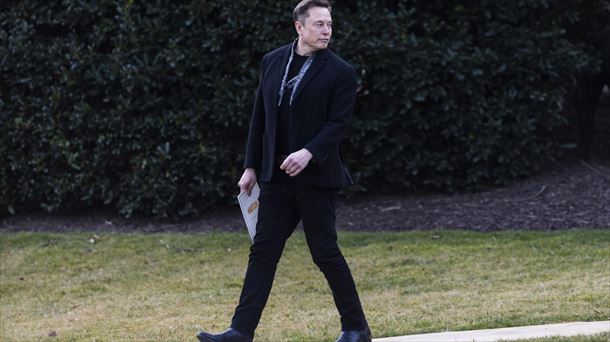Last February, the first motorway in Spain was paid,
a 15.5-kilometer stretch of the A-636 connecting the towns of Bergara and Beasain, in Guipuzcoa. In it, it has already started charging for circulating, although the fines for violations have not yet been implemented.
Instead, the Regional Council has started sending information letters to the owners of the cars driving on the highway, informing them of the obligation to pay and the ways in which they can do this. The fine, according to the current toll rules,
will go up to 100 euros
The system applied during these two months is similar to the one introduced in Portugal, the so-called free flow. In particular, some arches have been installed on the road with sensors and cameras that can recognize the license plates of passing cars. This has the advantage that traffic is not stopped.
Another “advantage” they offer is that the fines can be made instantly and electronically. On the Basque highway, cars pay 2.53 euros for the whole journey, while light trucks and trucks over 12 tons pay 4.11 and 5.15 euros respectively. Motorcycles are excluded.
However, the problem is how to use the system, especially for those who don’t have an electronic toll
abiatu (marketed by the highway concession company Bidegi) or pass. These will have to register on the company’s website and link their registration to a debit card.
If they don’t, the system will look for the payment of tolls in the last four hours associated with that vehicle and charge it to that account. However, if these requirements are not met, the Provincial Council will send a letter to the address requesting payment.
Converting highways into payment sections is part of the government’s agreement with Brussels to access the Next Generation EU recovery funds, arguing that the proceeds obtained will be spent on track maintenance.
Source: La Verdad
I am Ida Scott, a journalist and content author with a passion for uncovering the truth. I have been writing professionally for Today Times Live since 2020 and specialize in political news. My career began when I was just 17; I had already developed a knack for research and an eye for detail which made me stand out from my peers.



